Hybrid species helped fuel culture boom
Walking catfish, an air-breathing species, has been cultured in ponds in Thailand since the late 1950s, with the indigenous clarias catfish (Clarias batrachus) comprising most of the production until the late 1980s. The broadhead catfish (C. macrocephalus), however, was generally more acceptable in the Thai market due to its tender flesh and delicious taste. But its culture was not as popular as that for C. batrachus, partly due to the fact that the techniques for broadhead fingerling production had not been fully established, while C. batrachus could be readily bred using simple environmental inducement and grew faster in ponds.
Catfish hybrids
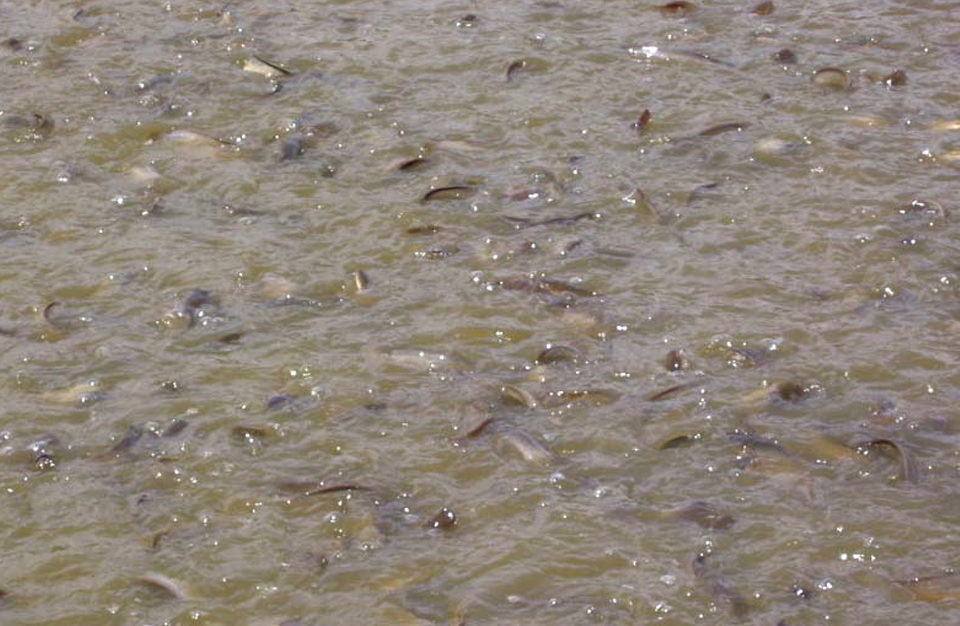
The introduction of African catfish (C. gariepinus) to Thailand from the Lao People’s Democratic Republic in 1987 and the subsequent establishment of hybrids between female broadhead and male African catfish in 1988 were revolutionary milestones in the Thai catfish industry. The hybrid catfish, first produced in Vietnam in the early 1980s, had desirable features from both parent species.
They grew faster than broadhead catfish while having similar appearance, flesh texture, and taste – traits that were actually considered better than those of pure African catfish and more acceptable to the market. The hybrid catfish were also more resistant to diseases than African catfish. The excellent culture characteristics resulted in the rapid and widespread adoption of the hybrid catfish among farmers, and hybrids soon replaced both C. macrocephalus and C. batrachus to become the dominant culture type.
A boom of hybrid catfish has occurred at the hatchery, nursery, and grow-out levels. Hatcheries produce yolk-sac fry, which nurseries purchase and nurse to larger sizes before they are sold to grow-out farms. Production of Clarias species and hybrid catfish steadily increased from 13,900 MT in 1987 to reach 101,600 MT in 2003. Currently, the production of hybrid catfish is second only to tilapias among all cultured fresh-water fish species in Thailand.
Hatchery production
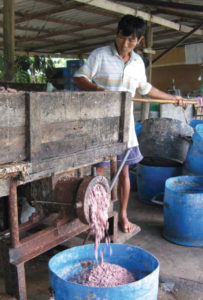
The Thailand Department of Fisheries (DOF) introduced artificial spawning techniques in 1988 that made the mass production of hybrid catfish possible. Researchers and staff at DOF fisheries stations initially produced fry to distribute to farmers and acted as trainers for hatchery operators. One of these fisheries stations, Pathum Thani Fisheries Development Center, also pioneered techniques for mass production of the water flea (Moina macrocopa), an ideal starting live feed for catfish fry. This later proved vitally important for the success of hybrid catfish hatcheries from 1990 onward, as live feed is required in large quantities by the hatcheries.
A major center of catfish hatcheries is found in the central region of Thailand, especially in Pathum Thani, Sara Buri, and Nakhon Pathom provinces. The advantage of this area is its proximity to both a major source of female broadhead catfish broodfish and live feed like M. macrocopa.
Female broodfish are mainly caught from snake-skin gourami farms in brackish-water areas in nearby Chachoengsao and Samutprakarn provinces. The broodfish from these areas become sexually mature earlier in the year than those in northeastern Thailand.
Hatcheries are operated at various scales. Small-scale hatcheries rely on purchased female broodfish and produce less than 70 million fry per year as a part-time activity. Larger full-time hatcheries often produce their own broodfish. Although many hatcheries can produce fry during the October-January cool season, few produce year-round.
A typical hatchery consists of several earthen ponds and indoor cement tanks. It is possible for some large hatcheries to breed pure African and broadhead catfish and raise fry to sexual maturity, but most buy mature or nearly mature broodfish of both species grown by suppliers. The broodfish are either taken as by-catch of gourami culture ponds or come from specialized broodfish producers. Broodfish of 400- to 800-gram size are kept in earthen ponds at 1-2 kg fish per square meter and given pelleted feed once a day at 2 percent body weight.
Hormonal Inducement
Two main categories of hormones are used to induce ovulation in broadhead catfish: synthetic gonadotropic-releasing hormones together with dopamine antagonist (domperidone), and gonadotropins as produced from a crude extract from whole pituitary glands. Hormone injections are given in the muscle beneath the anterior dorsal fin above the lateral line.
Female catfish are stripped of eggs about 15 hours after first injection or five to six hours after a second injection. Male African catfish are sacrificed for sperm. Eggs and milt are mixed using a chicken feather, and fertilized eggs are transferred to incubation tanks.
Incubation and Nursing
Typical incubation tanks are rectangular, with sizes varying from several to 50 square meters and depth of around 60 cm. Fine mesh netting is fixed to rectangular frames and suspended 20 cm below the water surface to act as artificial substrate on which fertilized eggs are evenly spread. Aeration by air stones and slow water flow-through maintains dissolved oxygen in the tanks and removes excessive metabolic wastes. Incubation takes 20 to 24 hours. Egg shells are retained on the net after hatching. Yolk-sac fry are ready to sell in two or three days.
Advanced nursing can be done in cement tanks for 10 to 14 days. Moina, the main feed, is sometimes supplemented with commercial powder feed. Water depth in the tanks is maintained below 30 cm, and stocking density ranges 3,000-5,000 fry per square meter. Aeration and water exchange are necessary.
Some hatcheries have their own facilities to produce Moina, while others purchase them from producers or collectors. For hatcheries selling yolk-sac fry, it is not necessary to produce Moina, but some do so as a means to market their product. The nurseries and growout farms that buy fry also use Moina as starter feed.
Growout
Growout of walking catfish is done throughout the country, but provinces in central Thailand account for most of the production. Historically, walking catfish culture was based on feeding marine trash fish, and operations had to be located near a trash fish supply. The initial adoption of walking catfish culture was thus mainly in central Thailand, particularly Supanburi and Chachoengsao provinces near the upper part of the Gulf of Thailand.
Inexpensive Feeds
Floating pelleted feed, although available since the 1970s, only became popular around the time that hybrid catfish emerged as a dominant cultured fish in the early 1990s. Soaring production and a slowly growing market slimmed profit margins, and catfish farmers turned to cheap feeds to reduce costs. Chicken-processing wastes subsequently became an important source of catfish feed, and catfish farms were developed in areas near chicken farms and processing facilities.
Chicken bones, heads, and offal now represent the major ingredients for catfish feed that delivers feed-conversion ratios of 3-5. Low-quality trash fish are also used. The chicken-processing wastes are minced and mixed with rice bran, broken rice, or dry noodle waste and normally applied to catfish ponds twice daily. Boats distribute the feed in large ponds.
When water quality deteriorates and water exchange is not possible, pelleted feed is temporarily used. In areas where chicken waste and trash fish are not available, 30 percent-protein commercial floating pelleted feed – which provides feed conversions of 1.2-2 – is the major pond input.
Ponds and Stocking
Catfish culture in Thailand is intensive, with stocking density about 30-60 fish per square meter, depending on fish size at stocking and harvest. Stocking strategies are remarkably variable, with some farms stocking yolk-sac fry, fry after a period of nursing, or fingerlings of various sizes, while others stock young fish as big as 50 to 100 grams. Most hybrid catfish production is for domestic consumption rather than export, and markets accept fish from 100 g to 1 kg.
Growout ponds for walking catfish are typically small, from 400 square meter to 1 ha, with greatly varying productivity. A typical farm stocking 32, 10-gram fish per square meter and feeding chicken processing wastes can grow fish to 200 to 500 grams in three or four months. Yields range 50 to 60 metric tons (MT) per hectare per crop, with three to four annual crops common.
Environmental concerns
As air breathers, walking catfish can be grown at extremely high density, with standing crops in pond culture reaching 100 MT per hectare. Waste feed and metabolites often cause poor water quality and heavy phytoplankton blooms throughout most of the growout period. To maintain tolerable water quality for fish growth, pond water is often exchanged during later stages of the culture cycle.
Discharge of waste water from walking catfish ponds has become a serious issue, especially in northeast Thailand, where surface waters are in short supply. Farmers often discharge waste water to adjacent rice fields, which can be damaged by the unbalanced nitrogen:phosphorus ratios.
Integrated recycling systems are being developed to recycle nutrients in the catfish wastes as fertilizers to stimulate natural food production for filter-feeding species such as Nile tilapia (Oreochromis niloticus). These systems include cage-cum-pond and pen-cum-pond approaches suitable for small-scale farmers. Some farmers also use catfish waste water to culture Nile tilapia and giant Mekong catfish (Pangasius gigas).
Impacts of Avian Flu
The outbreak of avian flu in recent years has led the royal Thai government to ban the movement of chicken-processing wastes, causing a shortage and raising prices for these aquaculture inputs. The prices of chicken wastes have increased to levels comparable to those for low-quality trash fish.
Catfish farmers with access to trash fish have benefited from the ban, while farmers without access to sufficient chicken-processing wastes and trash fish are forced to use expensive commercial feed. On the positive side, increased prices for walking catfish have made pelleted feed, which is relatively better for the environment than chicken wastes and trash fish, more feasible to use.
(Editor’s Note: This article was originally published in the June 2006 print edition of the Global Aquaculture Advocate.)
Now that you've reached the end of the article ...
… please consider supporting GSA’s mission to advance responsible seafood practices through education, advocacy and third-party assurances. The Advocate aims to document the evolution of responsible seafood practices and share the expansive knowledge of our vast network of contributors.
By becoming a Global Seafood Alliance member, you’re ensuring that all of the pre-competitive work we do through member benefits, resources and events can continue. Individual membership costs just $50 a year.
Not a GSA member? Join us.
Authors
-
Derun Yuan
School of Environment, Resources, and Development
Asian Institute of Technology
Klong Luang, Pathumthani
12120 Thailand -
Yang Yi, Ph.D.
School of Environment, Resources, and Development
Asian Institute of Technology
Klong Luang, Pathumthani
12120 Thailand -
James S. Diana
School of Natural Resources and Environment
University of Michigan
Ann Arbor, Michigan, USA
Tagged With
Related Posts
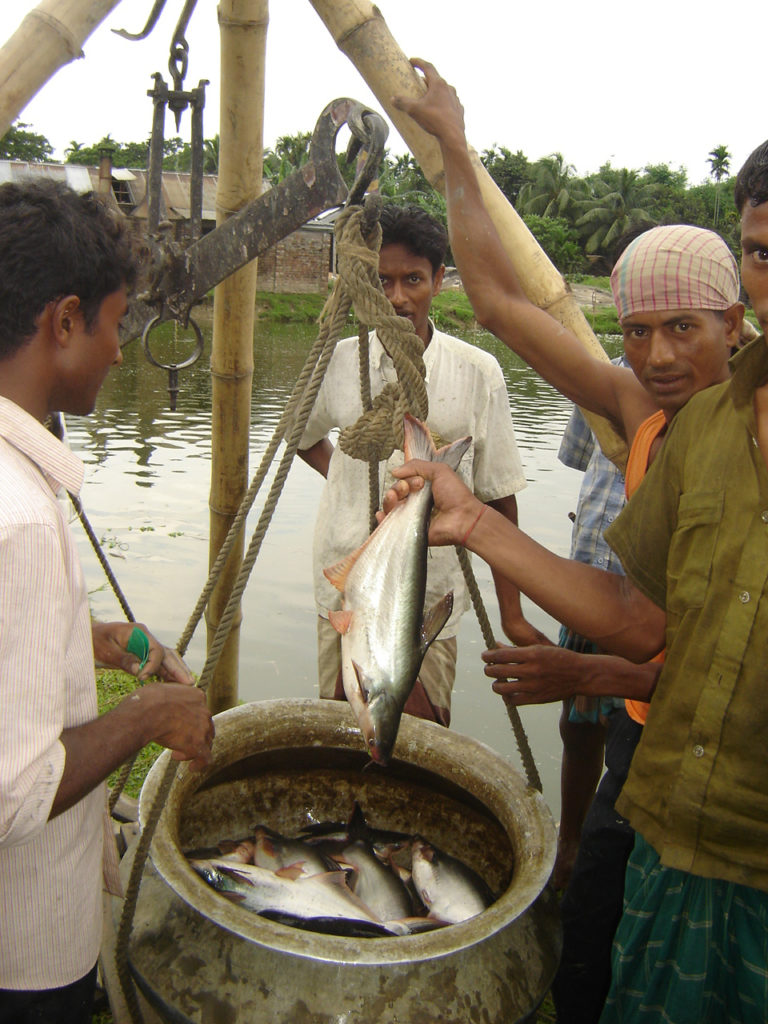
Responsibility
Non-native fish species present farming opportunities, challenges in Bangladesh
Fish supply is a food security priority in Bangladesh. There is potential for the culture of non-native fish species to meet its growing population's needs.
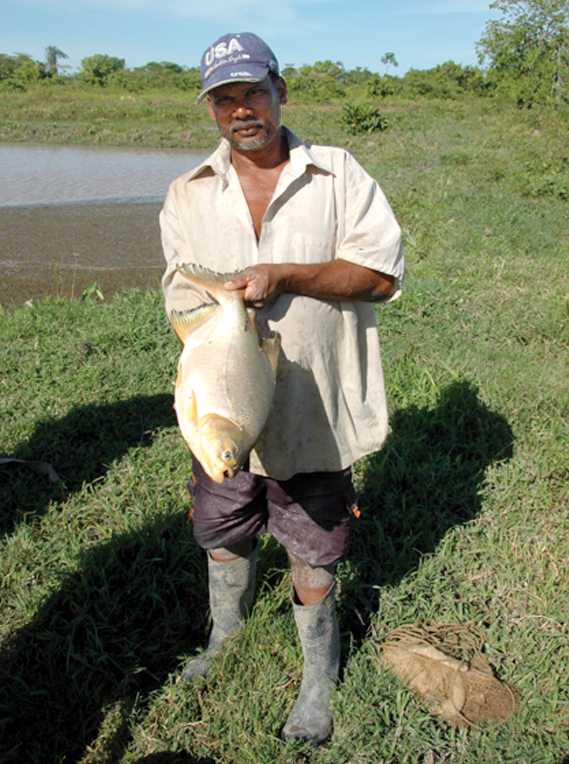
Health & Welfare
A look at aquaculture in Guyana
With its large quantities of water and little industry to pollute it, Guyana has the potential to become a greater player in global aquaculture.
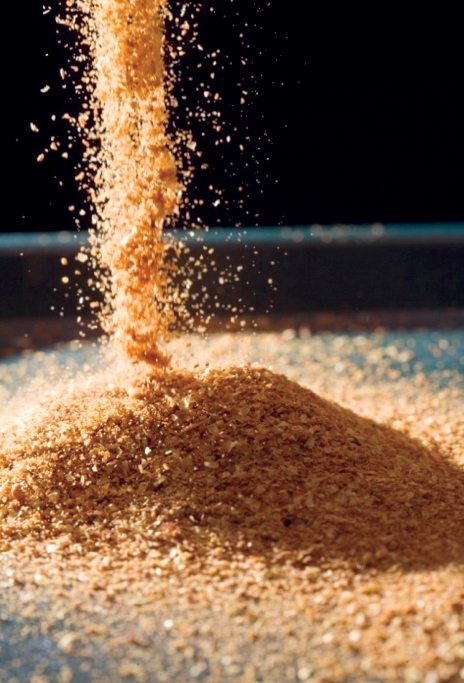
Aquafeeds
A look at corn distillers dried grains with solubles
Corn distillers dried grains with solubles are an economical source of energy, protein and digestible phosphorus to reduce feed costs and fishmeal usage.
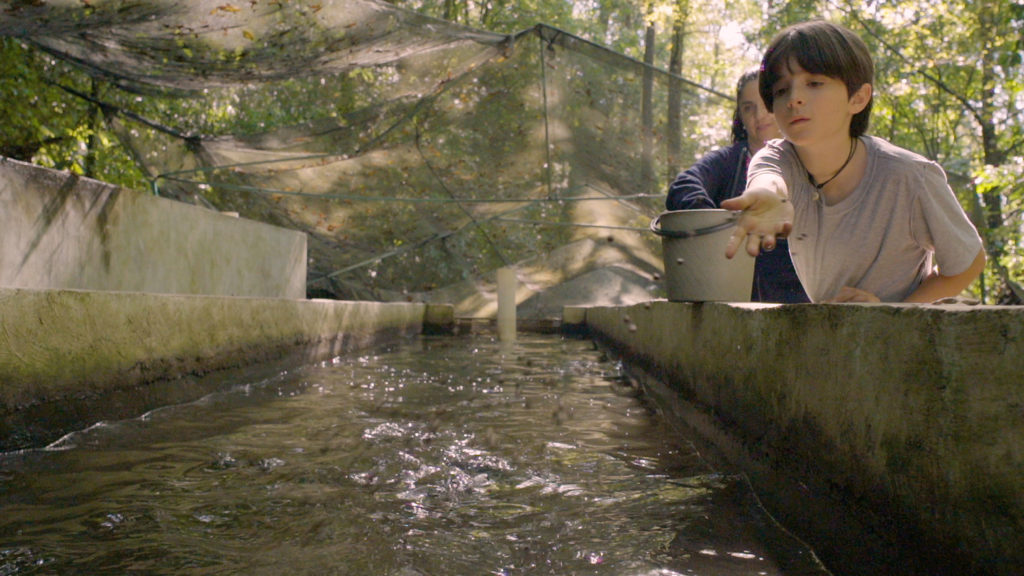
Intelligence
A motive, and a market, for farmed fish in Mexico
Boasting ample areas for aquaculture and a robust domestic demand for seafood – not to mention its close proximity to the U.S. market – a land of opportunity lies in Mexico. Fish farming is primed to meet its potential south of the border.


